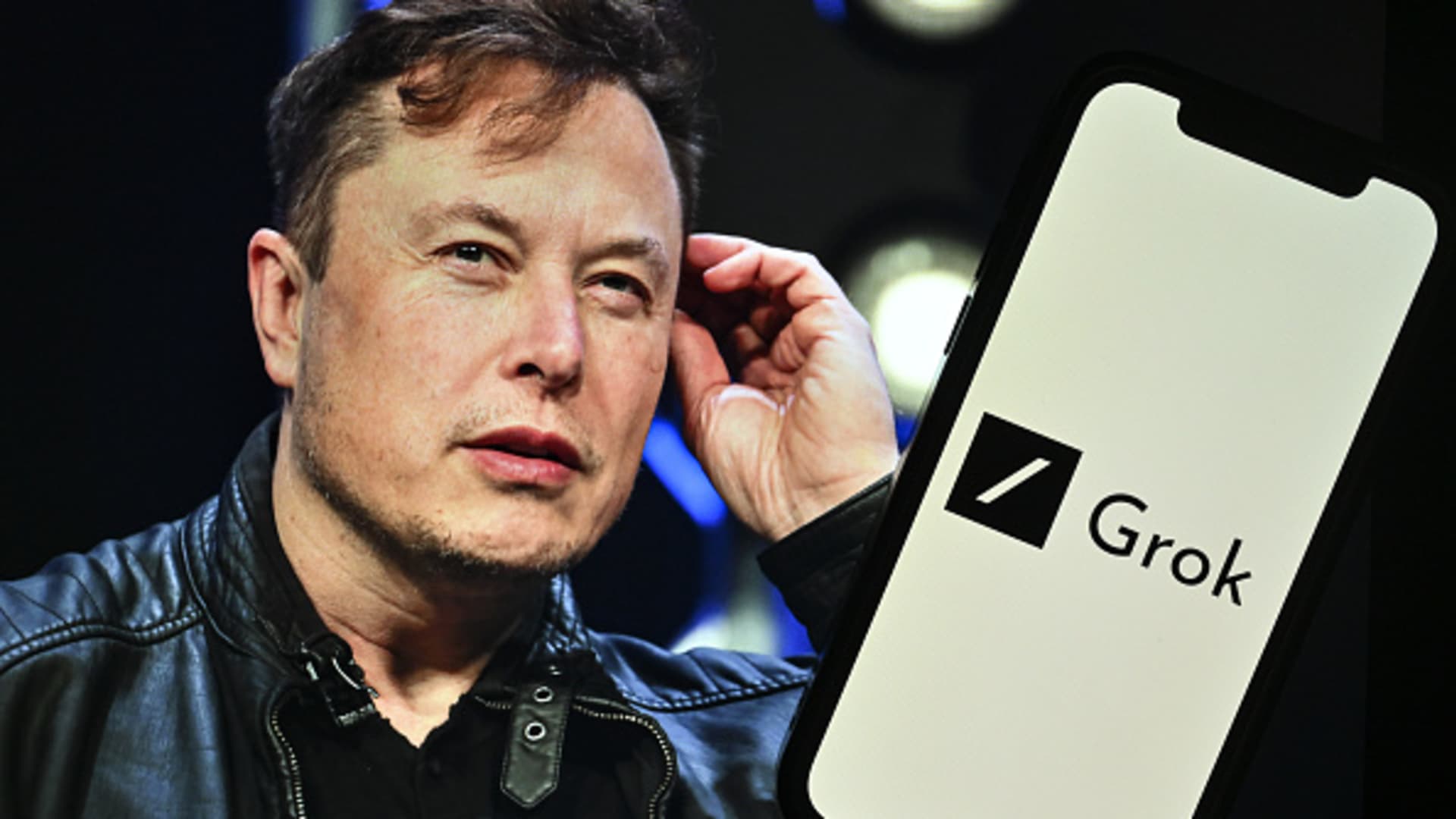Unveiling Grok 3: Musk’s xAI Takes on Rivals with Groundbreaking AI Model
In the ever-evolving landscape of artificial intelligence, few names resonate as strongly as Elon Musk. His latest venture, xAI, has recently unveiled Grok 3, an innovative AI model that aims to redefine the benchmarks of performance in the competitive AI arena. Early testing results suggest that Grok 3 is poised to outperform its rivals significantly, marking a pivotal moment in the AI industry. This article delves into the implications of this groundbreaking development, the technology powering Grok 3, and what it means for the future of AI.
Understanding Grok 3: What Sets It Apart?
Grok 3 is not just another AI model; it embodies a culmination of Musk’s vision for a more capable, ethical, and user-friendly AI. Unlike its predecessors, Grok 3 incorporates advanced machine learning techniques and neural network architectures that allow it to adapt and learn from a broader spectrum of data. Here’s what makes Grok 3 stand out:
- Advanced Neural Networks: Grok 3 utilizes a novel architecture that enhances its learning capabilities. This enables the model to process and analyze data more efficiently than previous models.
- Performance Metrics: Early tests have shown that Grok 3 excels in natural language processing and image recognition tasks, outperforming established models from competitors like OpenAI and Google.
- Ethical AI Focus: One of Musk’s core philosophies is centered around the ethical implications of AI. Grok 3 integrates ethical guidelines directly into its learning algorithms, ensuring responsible AI outputs.
The Technology Behind Grok 3
The backbone of Grok 3’s performance lies in its architecture and training methodologies. By employing cutting-edge techniques, Grok 3 enables a more nuanced understanding of human language and complex data sets. Here are some technological highlights:
- Transformer Models: Grok 3 enhances the capabilities of transformer models, which are crucial for understanding context in language processing tasks. This improvement allows for better comprehension of idiomatic expressions and nuanced language.
- Self-Supervised Learning: The model employs self-supervised learning techniques, allowing it to learn from unlabelled data. This capability significantly reduces the need for extensive data annotation, streamlining the training process.
- Scalability: Grok 3’s architecture is designed for scalability, meaning it can efficiently handle increasing amounts of data without sacrificing performance.
Market Reaction and Industry Implications
The launch of Grok 3 has sent ripples through the AI community and the tech industry at large. Analysts and experts are keenly observing how this new model will affect existing players and the overall market dynamics.
One immediate effect of Grok 3’s unveiling has been a surge in interest and investment in AI startups, particularly those focusing on ethical AI development. Investors are now more inclined to finance projects that align with Musk’s vision of responsible AI use.
How Does Grok 3 Compare to Competitors?
In a sector dominated by giants like OpenAI and Google, Grok 3 enters the fray with a promise of performance that has yet to be seen. Here’s how it stacks up against its competitors:
- Performance Benchmarks: In preliminary tests, Grok 3 has outperformed existing models in several key areas, including text generation, sentiment analysis, and predictive analytics.
- User Experience: Musk’s commitment to user-centric design is evident in Grok 3’s interface, which emphasizes ease of use and accessibility for developers and enterprises alike.
- Cost-Effectiveness: Grok 3 aims to provide a more cost-effective solution for businesses looking to leverage AI without the hefty price tag associated with other models.
Potential Use Cases for Grok 3
The versatility of Grok 3 opens up a plethora of potential applications across various industries. Its advanced capabilities can be harnessed in several ways:
- Healthcare: Grok 3 could revolutionize patient care by analyzing medical records and providing insights that assist in diagnosis and treatment plans.
- Finance: In the financial sector, the model can enhance fraud detection systems and improve risk assessment methods.
- Customer Service: Grok 3 can power chatbots and virtual assistants, providing more accurate and human-like interactions.
Challenges Ahead
While the potential of Grok 3 is immense, several challenges remain. The AI industry is rife with regulatory and ethical concerns. Musk’s emphasis on ethical AI may help mitigate some of these issues, but the broader implications of deploying such advanced technology will need careful navigation. Key challenges include:
- Data Privacy: As with any AI model, ensuring the privacy and security of user data remains paramount.
- Bias Mitigation: Addressing biases in AI training datasets is crucial to prevent skewed results and maintain fairness.
- Regulatory Compliance: As global regulations around AI continue to evolve, Grok 3 will need to adapt to comply with these changes.
Conclusion: The Future of AI with Grok 3
The unveiling of Grok 3 is a significant milestone in the AI landscape. With its cutting-edge technology and Musk’s vision for ethical AI, Grok 3 has the potential to not only outshine its competitors but also to redefine how AI can be responsibly integrated into society. As we move forward, the industry will be watching closely to see how Grok 3 performs in real-world applications and whether it can deliver on its promise of superior performance.
In an era where AI is becoming increasingly integrated into daily life, the innovations brought forth by Grok 3 may just be the catalyst for a new wave of advancements that prioritize not just capability, but also responsibility and ethical considerations. As the AI landscape continues to evolve, one thing is certain: Grok 3 is a name to watch.
See more Future Tech Daily

